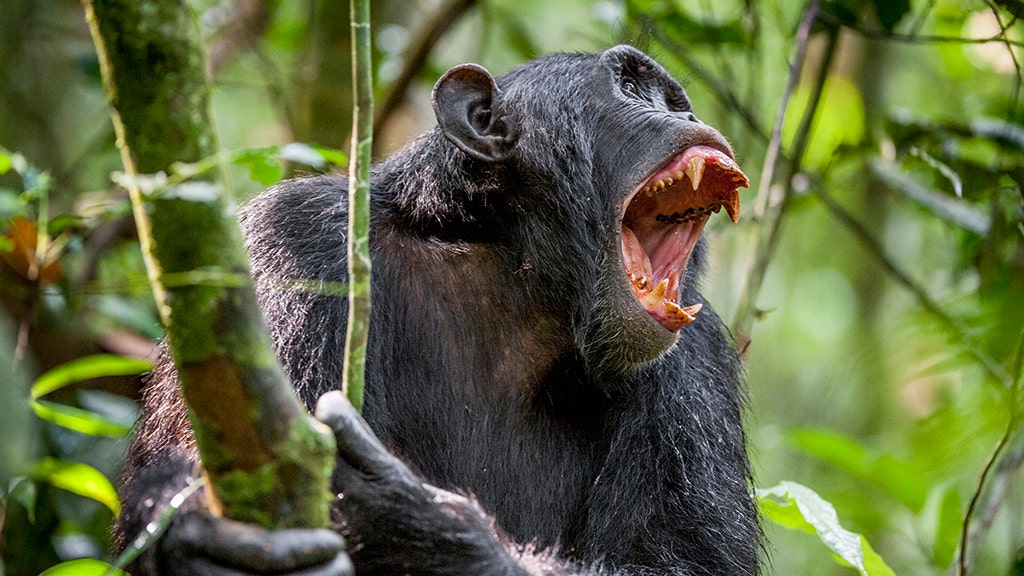

For example, in hide-and-seek, hiding is allowed, and where and how to hide is up to the player leaving the play area or hiding for too long might be counter-productive despite achieving the intended goal of not being found. Games therefore achieve a ‘generative balance between the open-endedness of contingencies and the reproducibility of conditions for action’ ( Malaby, 2007). In a game, certain actions are allowed, but their order can be flexible, while rules at the same time limit permittable actions, even excluding actions that would be mechanically useful in this situation ( Suits, 1967). In human play, there are specific, socially learned arbitrary rules that govern what we call ‘games’ ( Suits, 1967): playful encounters in which a certain ‘state’ has to be achieved using only actions permitted by a set of rules that are more restrictive than necessary. We have yet to learn how coordinated other play actions are. Play signals are used to prevent play from breaking down when intentions are unclear or risk is high ( Cordoni & Palagi, 2012), following specific rules determined by the social context ( Flack, Jeannotte & De Waal, 2004), and extending the length of play bouts ( Waller & Dunbar, 2005).

Species can have large repertoires of distinct elements that are exchanged between players ( Petru et al., 2009). Social play behaviour, at least during some parts of development, is common in most mammals and birds ( Diamond & Bond, 2003 Fagen, 1981). However, we currently lack a framework to understand the predictability of sequences in this context. Indices have been developed to quantify how asymmetric play behaviour is ( Bauer & Smuts, 2007) and how complex bouts are (by quantifying the number of distinct play elements performed in about Cordoni & Palagi, 2011). This complexity allows us to unravel fast-paced decision-making in sequential exchanges between players. Multiple individuals combine distinguishable and discrete actions (‘play elements’) in temporal patterns (‘play sequences’) and adapt to partners’ actions. In many animal species, social play involves rapid exchanges of actions between several participants that often appear random to observers, making it one of the most complex social contexts individuals are regularly involved in. Sequences can be considered complex for participants and bystanders if contingencies between actions are increasingly removed in time or with increasing flexibility and decreased determinism of transitions between actions ( Kershenbaum et al., 2016). Sequential social decisions are therefore an important window into the complexity of animal decision-making abilities ( Gygax, Zeeland & Christina, 2021). Particularly in social interactions, each action is a decision based on the social context, the actor’s previous actions, the partner’s reactions, and intended outcomes. This “grammar of action” approach to social interactions can be valuable in understanding cognitive and communicative abilities within and across species.Īnimal lives take place in time-actions happen sequentially in response to changing environments and the behaviour of other individuals.

Thus, chimpanzee play is hierarchically structured in short games which limit acceptable play elements and allow players to predict and adapt to partners’ actions. We also show that increased information about preceding play elements improved predictability of subsequent elements, further indicating that play elements are not strung together randomly but that flexible action rules underlie their usage. We detected transition probabilities between play elements that exceeded expected levels and show that play elements form hierarchically clustered and interchangeable groups, indicative of at least six games that can be identified from transition networks, some with different roles for different players. Based on 5,711 play elements from 143 bouts, we extracted individual-level play sequences of 11 Western chimpanzees ( Pan troglodytes verus) of different ages from the Bossou community. Here, we use the sequential nature of play elements to explore whether play elements in chimpanzees are structured hierarchically and follow predictable game-like patterns. In humans, play is often organised in games, where players know context-appropriate actions but string them together unpredictably. Play differs from other behavioural contexts for which fine-scale analyses of action sequences are available, such as tool use and communication, in that its form is not defined by its function, making it potentially more unpredictable. Social play is ubiquitous in the development of many animal species and involves players adapting actions flexibly to their own previous actions and partner responses.


 0 kommentar(er)
0 kommentar(er)
